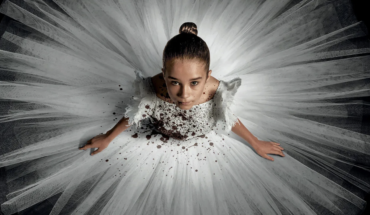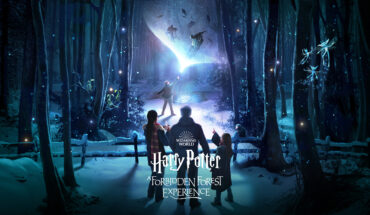The kind of film few directors still get to make
Paul Thomas Anderson, who directed Phantom Thread, is an anomaly in today’s Hollywood. He’s what you could call an auteur (a director with a distinctive style and rigorous control over his projects) and he makes big budget movies with massive releases, met with critical acclaim (critics reviewing his work practically wring their dictionaries dry trying to out-praise each other) and decent box office return. He doesn’t make sequels, he doesn’t have to projects just for the studios in order to finance his passion projects and, most miraculously, he makes a film every few years, whenever, it seems, the idea hits.
His latest is a claustrophobic and seductive relationship thriller. Vicky Krieps plays Alma, a clumsy waitress who finds herself besotted with the dashing and meticulous dressmaker Reynolds Woodcock, played by Daniel Day Lewis in what he claims will be his final role before his retirement from acting. In Hollywood’s 1970s, when male directors like Stanley Kubrick, Martin Scorsese and Dennis Hopper were defining the ‘New Hollywood’ with weird, boundary-pushing projects, Phantom Thread would’ve seemed at most like a quaint, idiosyncratic picture with very good performances. As a big release in today’s risk-free Hollywood, it’s a bloody revelation.
There are things about Phantom Thread that set it apart from any other film, though, regardless of the era. It doesn’t have the scale of some of his other films concerned with America’s great and terrible history (Boogie Nights, There Will Be Blood), but it casts a spell over you; it has a kind of dreamy, eerie mood partly created by its visuals (Anderson shot in 35mm film), partly its near-constant, versatile score by Jonny Greenwood, and partly its performances, with Krieps and Day Lewis going toe to toe while the chillingly unreadable Lesley Manville watches over as Woodcock’s sister Cyril.
What Paul Thomas Anderson is really, more so than an auteur (and a ‘genius’, as far too many critics are fond of labelling him), is a great collaborator. In this film, every practitioner is a noticeable part of the whole. Greenwood’s score is as much a key player as the lead actors, while production designer Mark Tildesley’s set design transforms the house of Woodcock into a perfectly preserved time capsule. The work of the many costume designers is lavish, confronting and strangely grotesque, befitting the story’s villainous creator.
Anderson stands back, which in many cases is what all great directors ought to do, and lets everyone stretch out to perform and create in a comfortable environment. He’s the symbol of an older Hollywood (in this case a good thing) when trust was put in creators instead of franchises. As great as this film is, its rapturous response is mostly an indication of how different things are now.
– Tom
Tom Bensley is a freelance writer in Melbourne who reviews anything he attends, watches or reads. It’s a compulsion, really. Follow him @TomAliceBensley.
Phantom Thread is in cinemas now.



